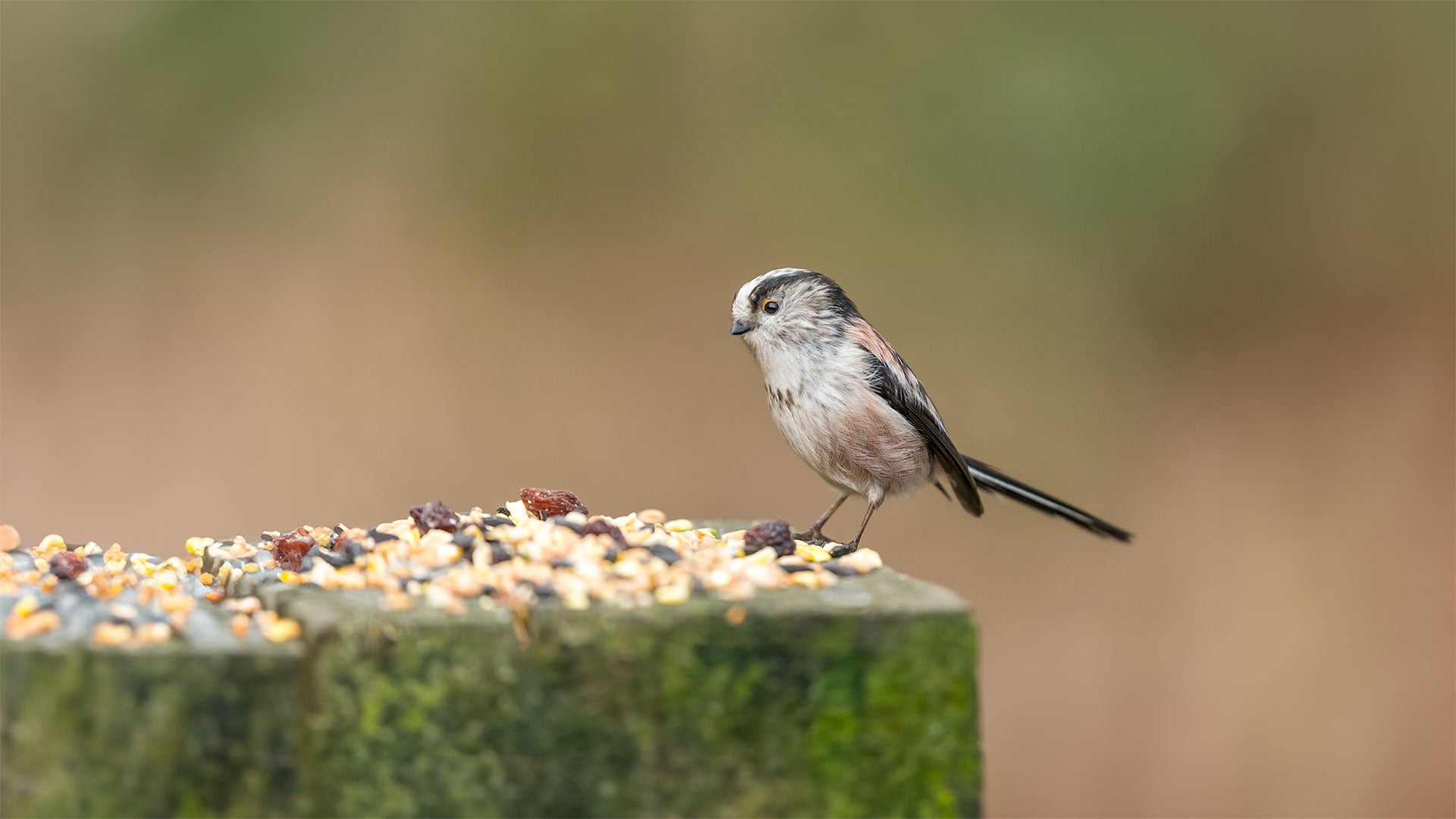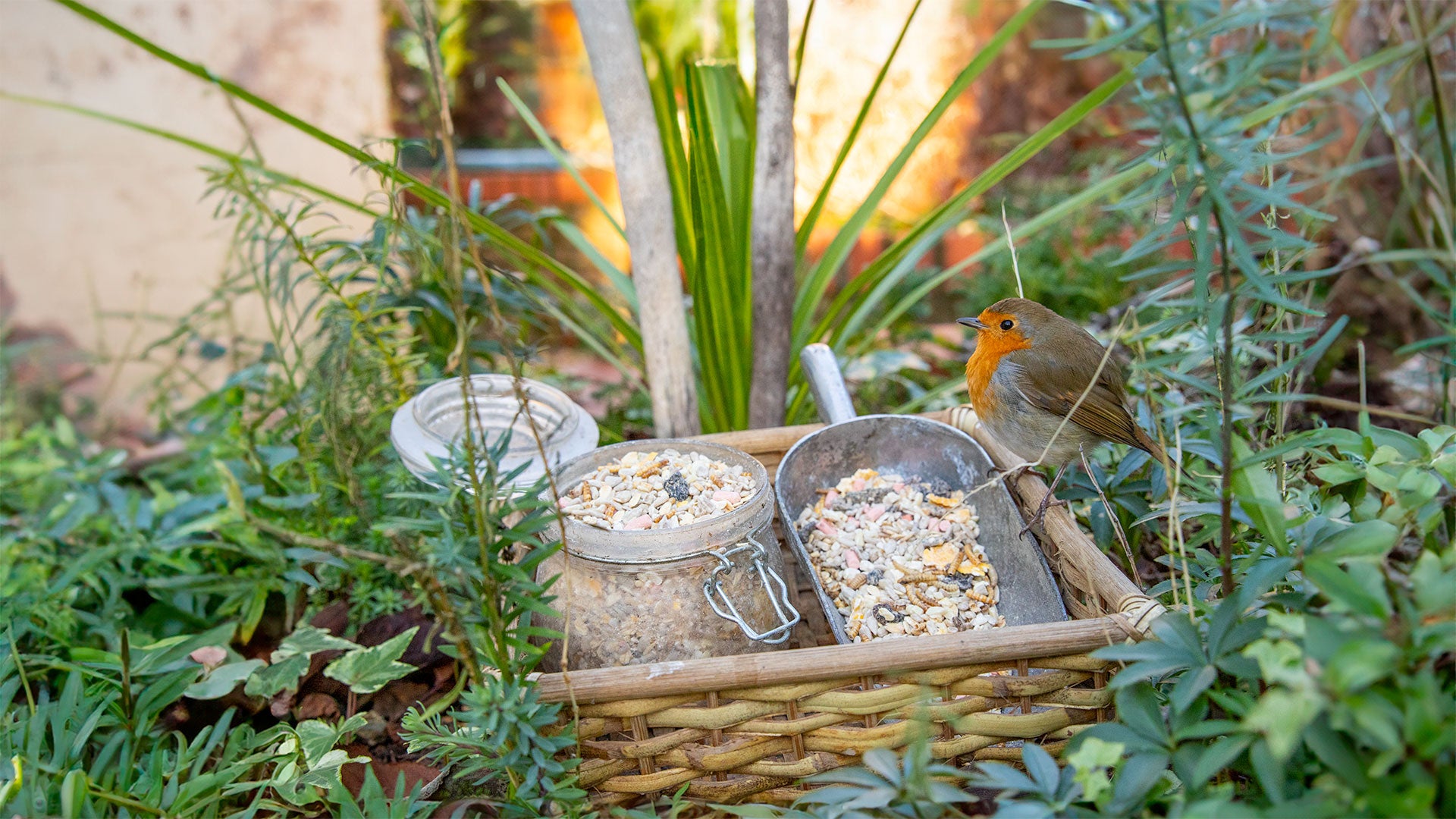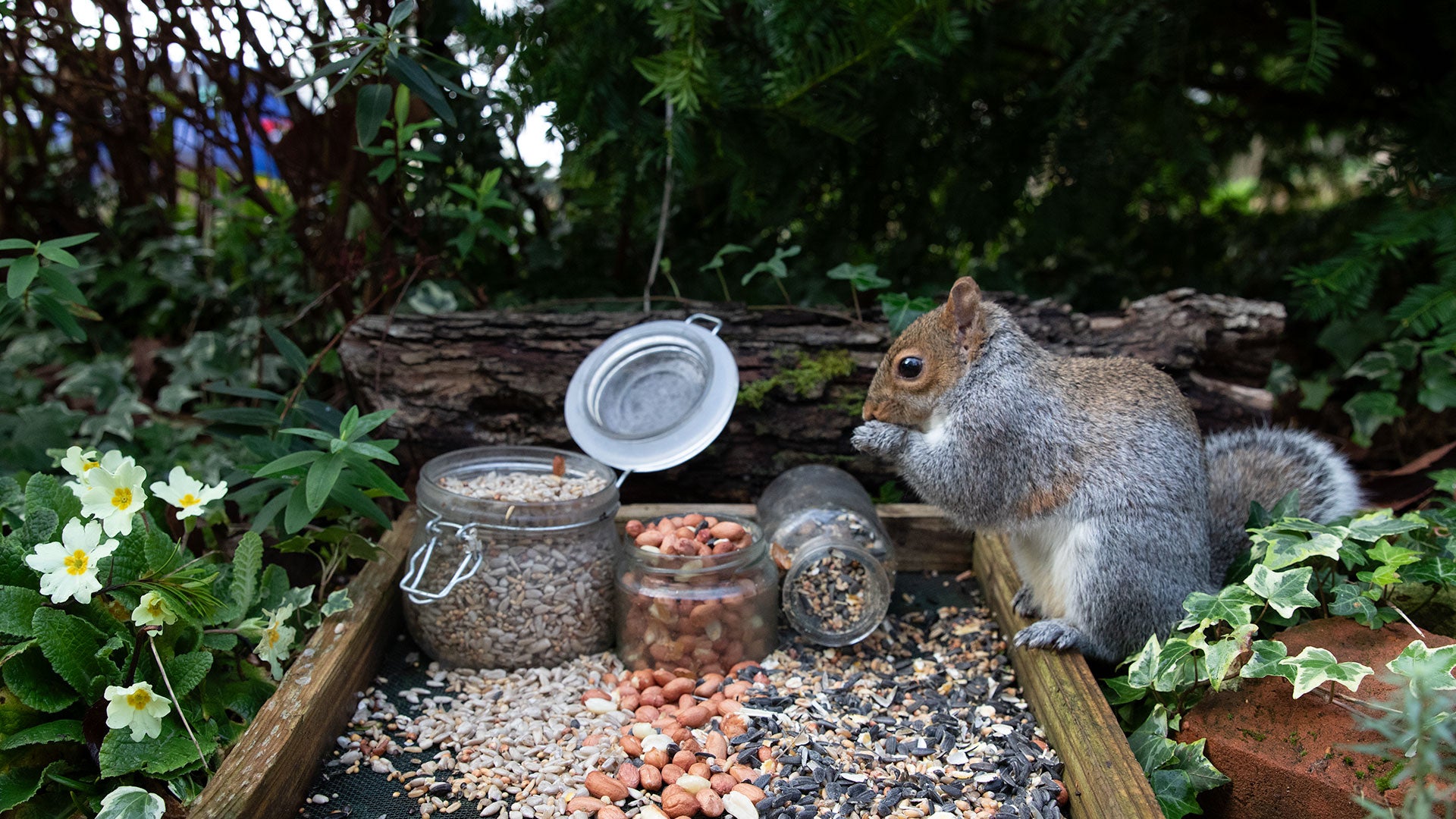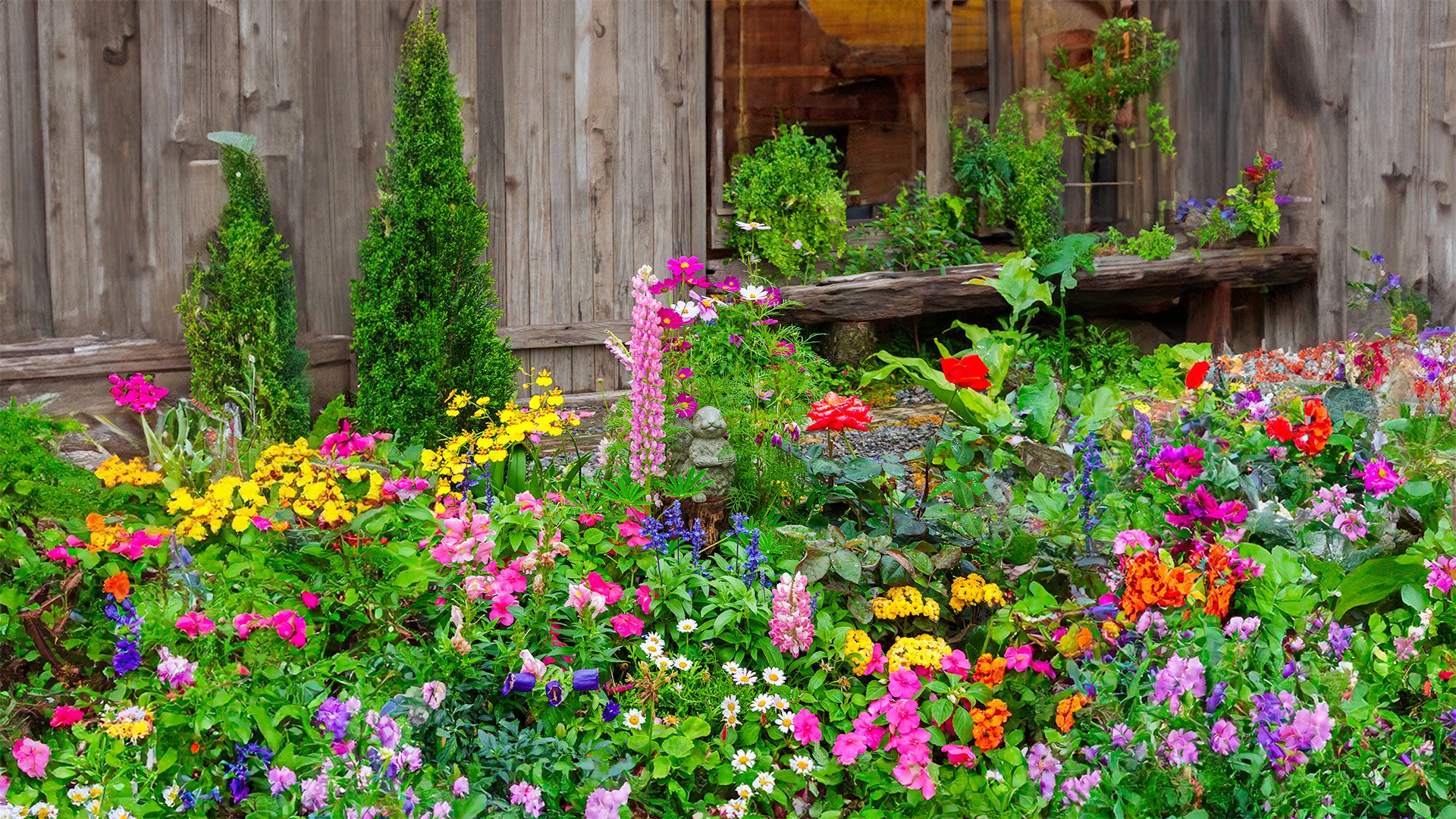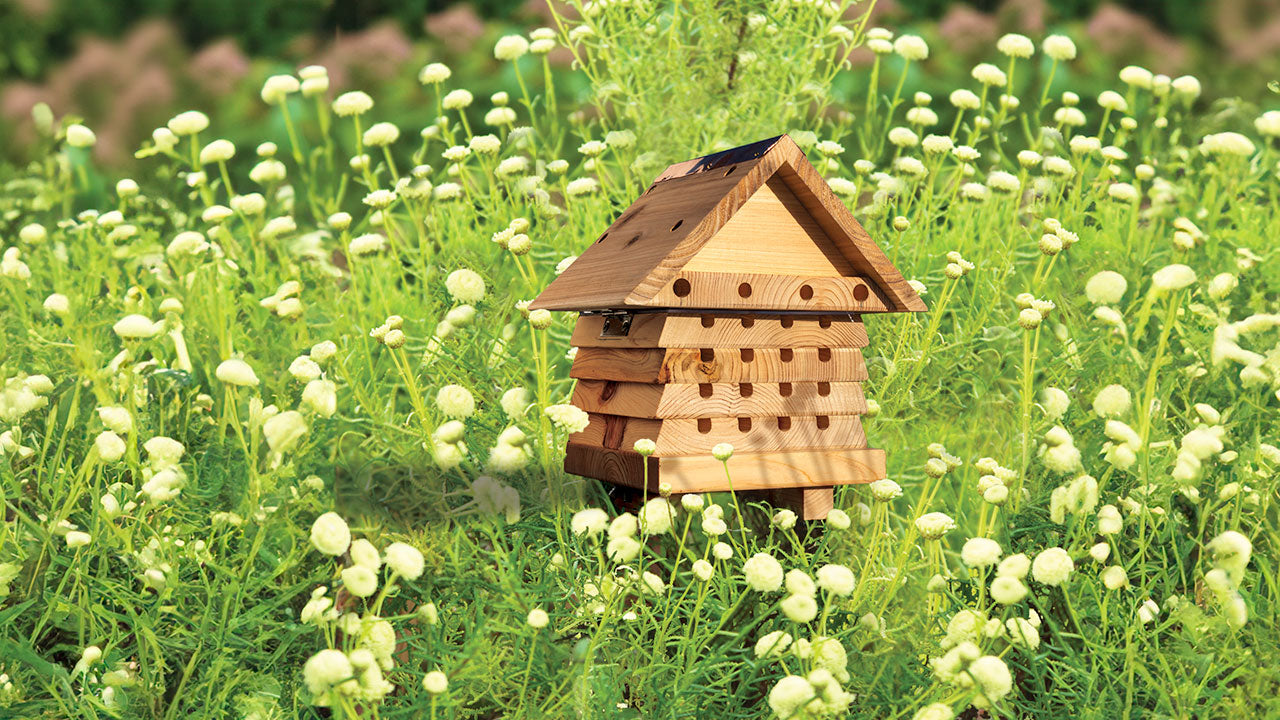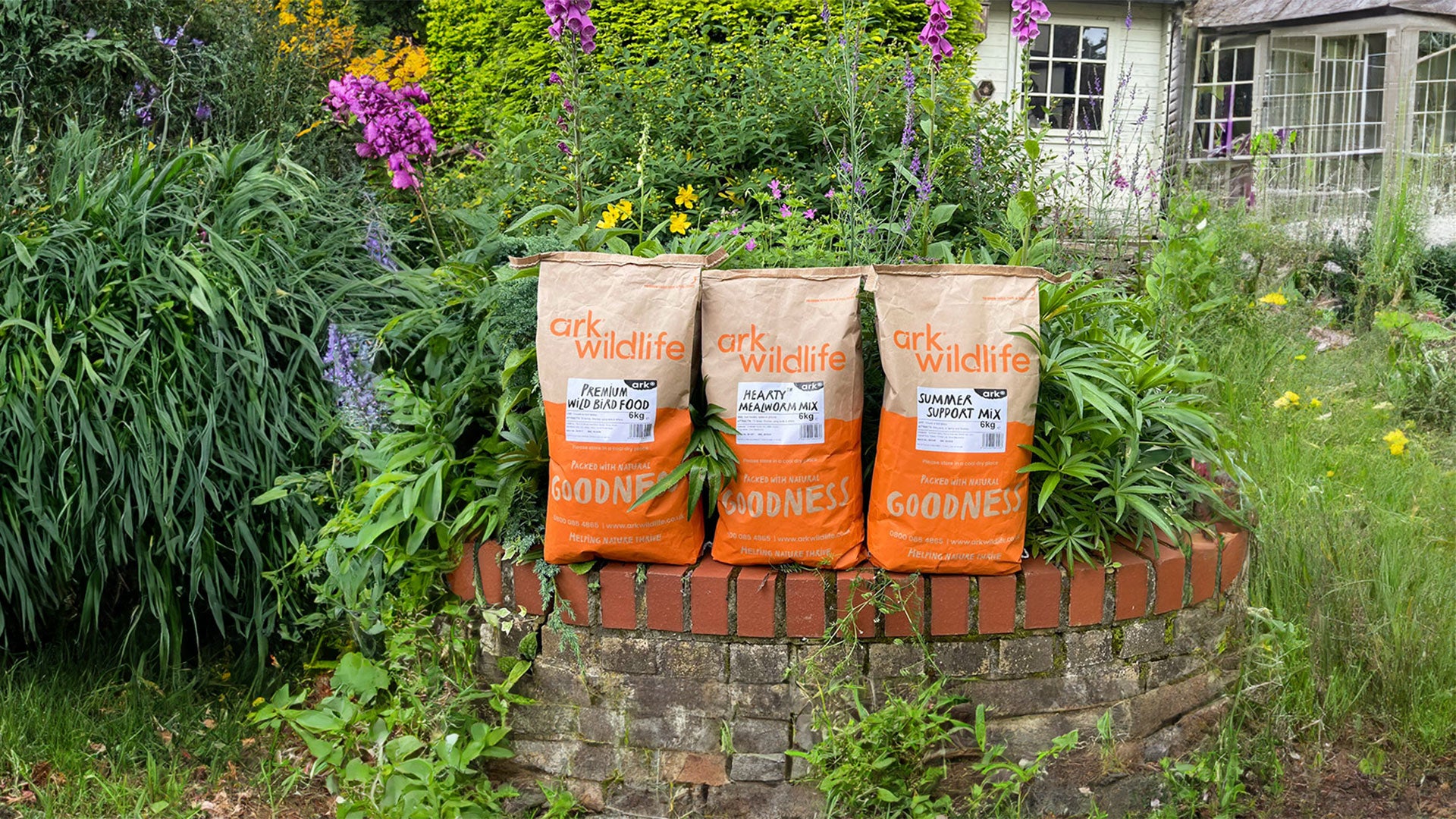Red squirrels have become rare in the UK with just a few isolated pockets of populations remaining. Due to their specialised diet, loss of habitat and a disease passed on to them by grey squirrels, they have become an endangered species.at risk of extinction.
Red Squirrel Identification: What does a red squirrel look like?
Length: 20-28cm
Fur is warm reddish-brown, becoming darker in the winter months. The underside is mainly white throughout the year. It has reddish-brown bushy tail and ear tufts, although these may not always be obvious. A true native to the British Isles, it is smaller than the North American Grey Squirrel and the two species are rarely found in the same locations. With its more specialised diet and smaller size it has been driven out of most parts of the country by its larger cousin, finding refuge on the Isle of Wight, Anglesey and some isolated parts of northern England, Wales and Scotland.

What does a red squirrels sound like?
Chattering call is accompanied by vigorous tail flicking.
When and where do red squirrels nest?
Red Squirrels produce 1-2 litters a year between April and September, producing between 3-5 live young.
Where do red squirrels live, and what is their habitat?
Pine forests and parks and occasionally gardens if they have suitable trees.
What do red squirrels eat in the wild?
The Red Squirrel feeds almost exclusively on pine seeds and nuts, fungi, bark and sap. They are also occasionally known to take birds eggs.
What to feed red squirrels in the garden?
Where to feed red squirrels
Ground – Scatter food in the open
Feeder – Squirrel Feeders
External Internet sources/references
Red squirrel organisations and volunteer groups
Helping red squirrels in your garden – a guide by the Wildlife Trusts


